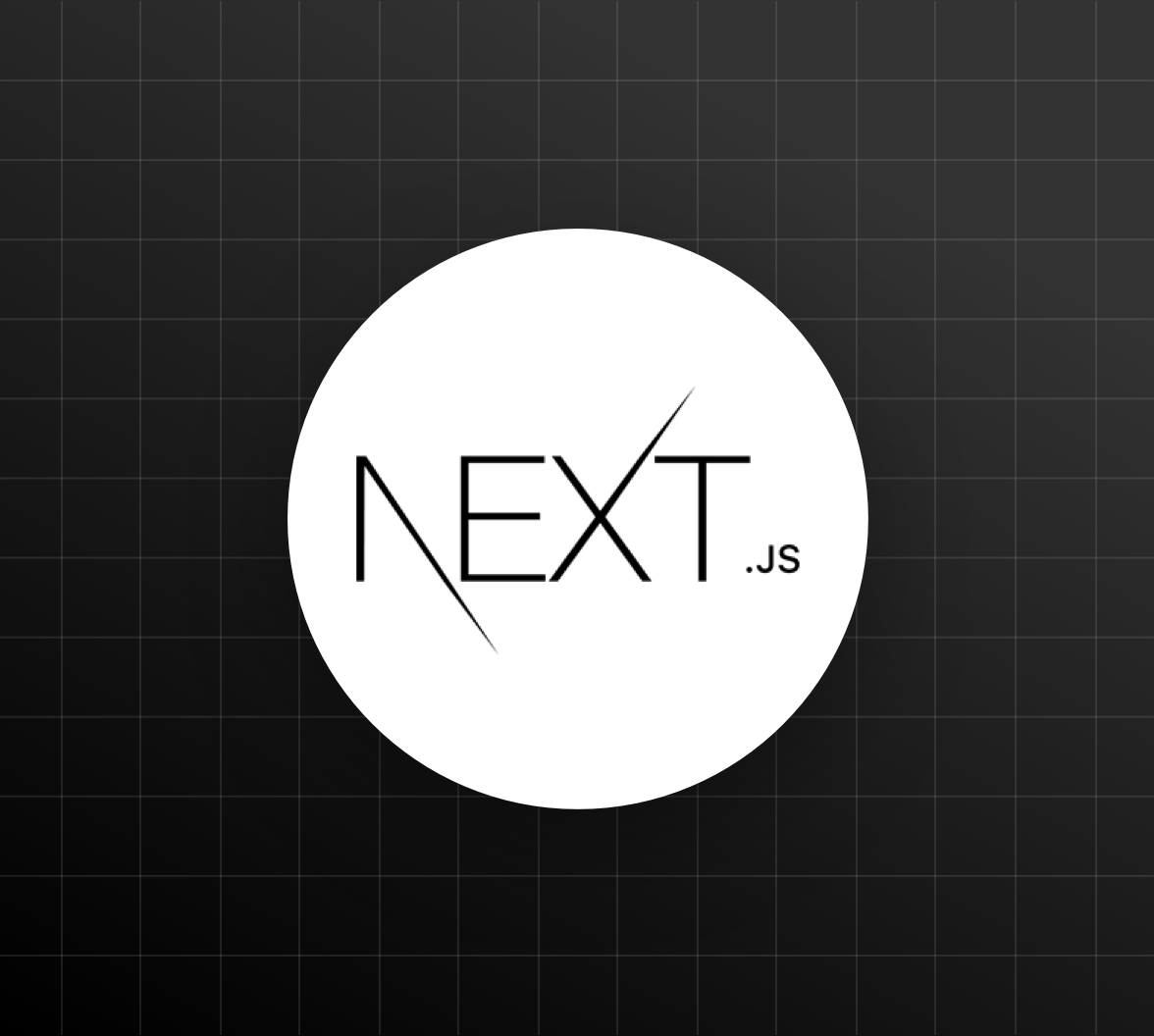The epidemic of Code 19 has changed the way we do business around the world and it still continues to transform the traditional business operations into digital operations where every sales call, team meeting, hr activity, client meetup and workshop are happening online using various video conferencing tools. Working from home or remote working has become a new routine for many organizations around the world.
Today, every company that has an office culture is now doing business entirely from a distance using virtual means. This is an unexpected change not only for the organizations but also for their employees who are not familiar with remote working. As companies strive to make this transition easier and more convenient for their existing employees, they need to look at the impediments to hiring new employees in these remote work environments, where some organizations taking the help of an HR software to accomplish their goals.
During this indefinite period of time, the main question that arises for the organisation includes,
- Do you have a plan or strategy to hire and onboard your employees remotely?
- How are you rearranging your current onboarding process to prevent and train your new employees in this unique environment?
To answer this question, here are some of the great points that can help you rebuild your onboarding strategy.
Restructure Your current Onboarding Process
Review the operation of your current onboarding system. Identify steps that depend entirely on facial interaction or the need to be present physically. Find ways to remotely change these technologies, from the in-person first day at the office and physical training to webinars, virtual meetups and online training videos, in short, develop a virtual onboarding program.
Personalize and develop the pre-boarding process that enables you to communicate with your employees before starting the actual onboarding process. Once the new hire accepts his or her offer letter, HR can initiate the communication process and provide them with information about their role in the organization, their joining date, any materials needed to prepare for the first day at the office. This will help them to clarify what is expected of them and ensure that they have a clear understanding of their role in the organization and will be aligned with it from the beginning.
Ensure That You Have the Right Tools
Another important aspect is verifying that new employees have all the equipment they need to do their job. From cell phones and laptops to accessing internal core software, it’s important to ensure a seamless onboarding process. Your IT department plays an important role as they can help you develop a plan that will work best for your employees to have an effective onboarding experience. Discuss the tools and methods needed to train new employees and plan out early in delivering that equipment to the new hires. You can also select pre-recorded handbooks or electronic hiring guides that explain the legal guidelines, procedures, rules and protocols that must be followed in the organization. Also, set up the necessary employee database in the system and allot a checklist where they could go read and tick all the points as the onboarding process continue, this checklist may include giving office laptop, handbooks, accessories, installing software, and training them on these software etc.
Set-Up Clear Expectations And Guidelines
Communicate regularly with your new employees and make sure they are up to date with all the updates related to the organization. Connect them with their respective teams by organizing an online introductory session, this way they can know which team members are working on which project and whom to contact in case of doubts and queries. Also schedule one session after another with their reporting manager, who plays an important role in setting clear expectations, these also managers to keep a track on their new employee, how they are working, their performance, any help they need and other stuff. This discussion will go a long way in helping employees plan their actions to achieve their goals. In fact, performance management software will be an added benefit as you and your new hire can track goals and performance together. This software will also help them provide and get feedback from their colleagues and also able to track their progress.
Encourage Virtual Face-To-Face Interactions
Given the Covid-19 crisis, client meetings and face-to-face communication are discouraged due to the norm of social distancing. But with technology and software like zoom, you can virtually communicate with your team face-to-face. In the case of new hires, you can start this by assigning daily calls to your teammates, where you can talk about their daily activities, any dependency and what are they working. This will make it easier for you to interact with everyone and you will quickly join the team. Remember that face-to-face communication has more impact than simply connecting through an audio call or chat. With the help of video conferencing tools, people can connect and organise virtual meetups with different teams in the organisation and arrange online activities like quiz, webinar and workshops.
Collect Feedback From New Hires
Employee feedback plays an important role in evaluating your onboarding strategies, especially when it comes to your new job. This will play an important role in learning the effectiveness of your onboarding plan and ways to improve them. You can also separate and analyze feedback from each group of employees to understand the different experiences of your onboarding program and compare the feedback from virtual to in-person onboarding. However, remember that communication plays a vital role in maintaining their engagement. Talk to them often and make sure they have the information and tools to make it smooth and consistent.
Conclusion:
Companies that adopted the virtual transition of the onboarding journey has more productive and engaged employees compared to those that don’t. This is why it is said an organisation should keep up with the technology advancement in the world in order to keep up the competition and maintain profit without having to layoff employees. The best way to create that is to have technology in place that promotes data collection, development and growth.






